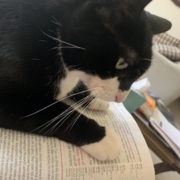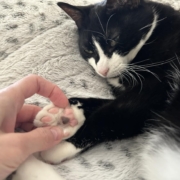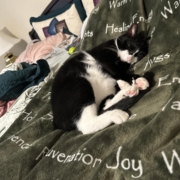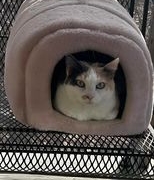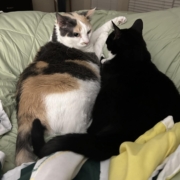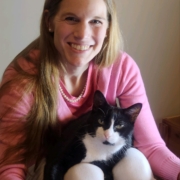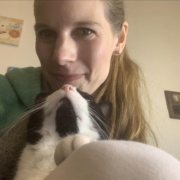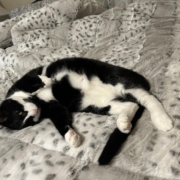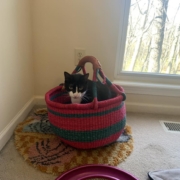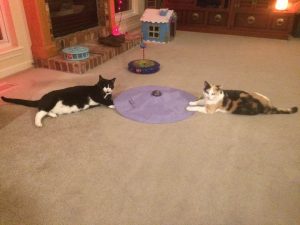DO YOU “KNEAD” TO TALK?
Whether you are a kitty or a human, it is purrfectly normal to experience a range of emotions, from cattywampus to frisky, and everything in between.

Scroll down to see a fun video illustrating the range of emotions a cat can express on a typical day. Scroll down further for some charts to help you identify and track your emotions. Do you need to relax right now? Enjoy this Cat Purring,or watch a short video on Cat Therapy: Relaxing Feline Mindfulness
Are you feline manipulated by your kitty? You are not alone. Read more here.

Echo the Flame Point Siamese

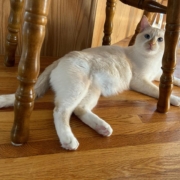

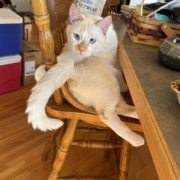
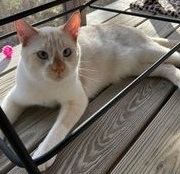
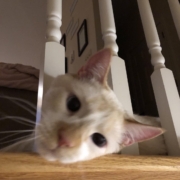

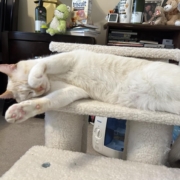
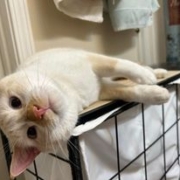
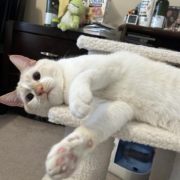


PURRFECTLY PLAYFUL
How do cats cope? Well, they do spend inordinate amounts of time sleeping, eating, and playing. What is the purpose of play? Does play really have a purpose? Perhaps it’s time we all learn from the frisky feline and stop taking life so seriously. There is a time to let go and just play. And yes, it most certainly does serve a purpose, indeed several important ones. My tuxedo kitty Annie Oakley, featured here, teaches me to play, rest, and enjoy the moment. She follows me around meowing until I sit down with her and allow her comforting purring self to rest on my chest and fill my heart. She is like my inner child within me who craves the peace that comes from being nurtured with relaxation.
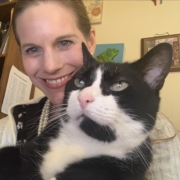
Sometimes, we play a game with her bouncing balls that is like a cross between foosball, tennis, and ping pong. She rolls a ball under the bench, and I roll it back. When one rolls out of bounds, she chases after it. I tell her that she is a tennis pro, and so she has people to collect the balls for her, but sometimes she decides that chasing the balls is more fun. She will even throw the balls down the stairs. Sometimes she comes back, not having actually retrieved the ball, and insists that we switch sides, “You serve now Mama.” My calico kitty Princess Diana, also featured here, frequently initiates games of fetch with the bouncing balls. She lays a ball at our feet and reaches toward us with her paw while making the most adorable little noises to get our attention. She loves to run and get the ball and bring it back in her mouth. Sometimes in her excitement, she literally “drops the ball” on her way running back to us. These animals bring so much joy and laughter into our lives.
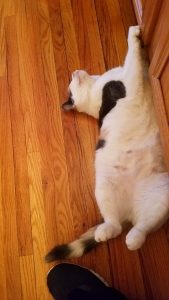
Princess Diana the Cute Calico
Play is essential to human children’s brain development, but it is imperative that adults don’t forget to play. Play unleashes creativity, and frees up new cognitive resources to solve problems from a different perspective. If we forget to play, we risk becoming stressed, depressed, rigid in our thinking, withdrawn, unhealthy, and unhappy. Playfulness is associated with positive behaviors that enhance survival and quality of life, such as:
- Creativity
- Productivity
- Flexibility
- Optimism
- Empathy
- Social altruism
- Cooperation
- Problem solving
- An increased ability to manage stress
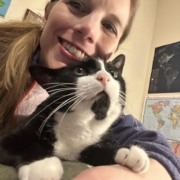
Have you ever had the experience of trying to figure something out, and for the life of you it just wasn’t coming together? Maybe it was a piece of furniture (with faulty instructions, of course), a new cell phone (this is why I kept a flip phone until it was a dinosaur), something on the computer (soooo frustrating, I know!)…whatever it was, it usually seems that the harder we persist and the more frustrated we get, the less likely it is that we will figure it out-until, maybe, we walk away and focus on something else. It is kind of like the “tip of the tongue phenomenon,” which happens when you can’t think of a word, although it feels like retrieval is imminent, until you think of another topic, and it suddenly appears.

This, my friend, is where play comes in (you knew I would get back to it eventually). I know, I know, what you are probably thinking, “I don’t have time for play!” This struggle is real, and I am no stranger to it. But I try to remind myself of this ironic truth: when we do take time to relax and time to play, we end up being more productive and efficient during the times we work. Some workplaces are even building opportunities for play in the workplace, recognizing that play improves a variety of work outcomes (Research on Play at Work)It is often during those “down times” of relaxation and play when innovative and creative ideas come in, and we discover the solution to those pesky problems we couldn’t figure out earlier. And, we are happier and healthier to boot! Speaking of boots, it is sort of like a “re-boot” of the brain. When we are feeling “stuck,” maybe we need to clear our head by clearing our schedule a bit and taking some time to throw a ball at a kitty (gently) or go for a walk.
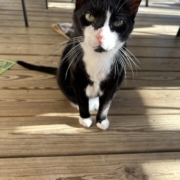
Here are a couple tips I have found helpful:
1.Make a list of activities you enjoy, and keep it accessible. It might help to think of things you used to enjoy as a child. Don’t “censor” your list thinking that you will never have time for these things. Write them down anyway. Maybe you enjoy tennis, guitar, singing, craft projects, or puzzles. Maybe you would like to have a board game night, or really want to pull out your crayons and adult coloring book. Even activities that may sound like work, as long as they are enjoyable to you, count (like gardening or writing, for example). Or maybe you want to watch funny cat videos(you are not alone!) You can even make a game out of your list-have each play item on a separate piece of paper, fold up your pieces of paper, and keep them in a basket. During your next scheduled play time (see 2. below), pull out a piece of paper and do what it says.
2.Schedule your play time. Make sure you are making some time to play every week, and ideally you can build up to having short daily play times. Write it on your calendar just like you do any other important work or social event. You deserve it, my friend!
COFFEE WITH KITTIES
How often do cats sleep? Feline researchers (wouldn’t you love that job?) estimate between 15-20 hours a day on average! As most cat parents can attest to, the majority of these hours take place during the day, as cats are nocturnal. In other words, your cat believes you should also be wide awake and ready to play at all hours of the evening, and they will not hesitate to tell you this. Tip: white noise machines near your bedroom door work quite well. That is, as long as the door shuts completely. Some people have learned to train their cats to be quiet at night, and some cats even do sleep soundly snuggled up in bed with their humans (they own us, you know that-right?)
My favorite coffee mug is inscribed “Today might be a good day to listen to the cat.” While we probably would not make a living as a human if we were sleeping 15+ hours a day, maybe we could take a tip from the tuxedo here and rest a bit (even though she is all dressed up with no place to go).


